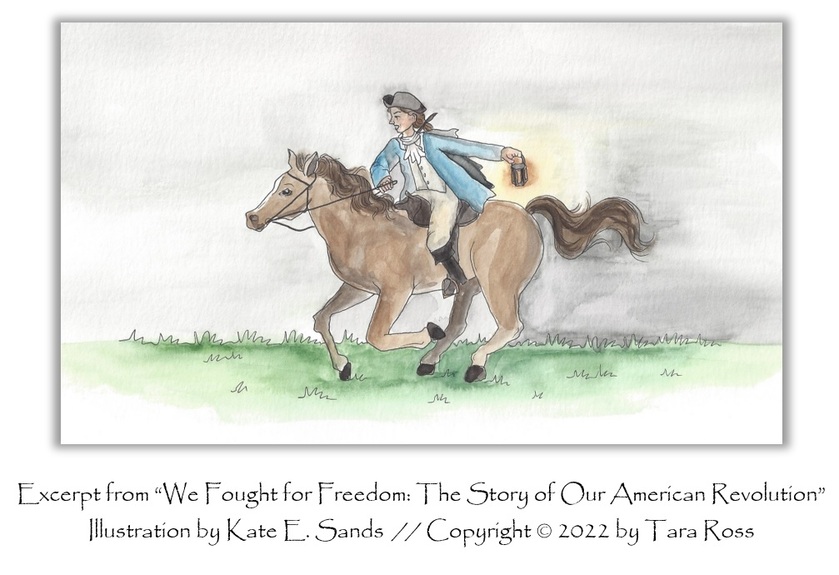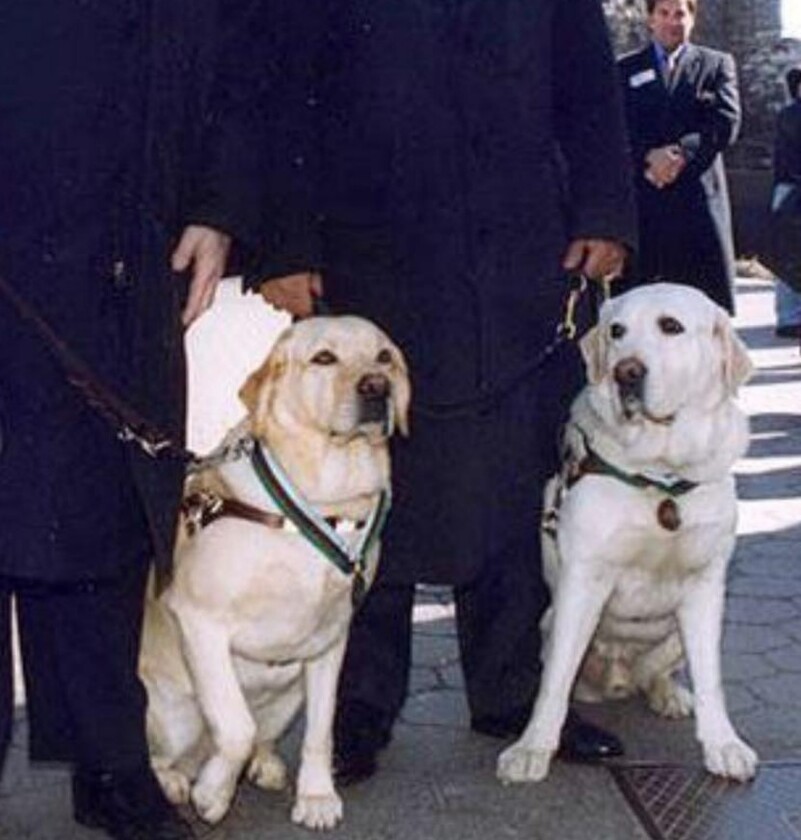On this day in 1766, the Stamp Act is repealed. That Act levied taxes upon American colonists despite our lack of representation in Parliament. It had been approved just one year earlier, on March 22, 1765.
That March approval date left a lot of time before its November implementation date. The colonists had many months in which to stew over the injustice: Only the colonial legislatures should have the authority to levy taxes in America! Why should Parliament get to take money out of Americans’ pockets when the colonists had no representation in that body?!
Needless to say, the colonists were irate. How would they respond to this encroachment upon their rights?
Americans aimed many of their protests at the stamp collectors. If the collectors could be persuaded to resign from their positions, then how would the King collect his taxes? You’ve doubtless heard of many of these more fiery events. Mobs burned the effigies of stamp collectors and Royal Governors, and they attacked the homes of these Loyalists.
There were other, less violent means of protest, though.
The story continues here: https://www.taraross.com/post/tdih-stamp-act
#TDIH #OTD #History #USHistory #liberty #freedom #ShareTheHistory
Hi, everyone! First, This week's Medal of Honor Monday story can be found here: https://www.taraross.com/post/tdih-charles-murray-moh
Second, I am very sorry, but I am going to be shutting down this account. Honestly, I never really figured out how to get going on this platform. (It's probably user error on my part! LOL.) I am thinking of shutting down one or two other social media accounts also.... I spend a ton of time posting and cross-posting. Just trying to limit it to the most productive sites at this point. I am sorry, though!!!
My stories can always be found here:
https://www.taraross.com/blog
https://taraross.substack.com
https://www.facebook.com/TaraRoss.1787
https://x.com/TaraRoss
Thank you for understanding. I hope everyone has a great week!
Tara
On this day in 1774, Paul Revere makes a furious ride to warn colonists that the “British are coming!” Okay, so it wasn’t that ride. Revere’s famous midnight ride was still four months in the future. Instead, this little-known ride was made from Boston to New Hampshire—and it was made in the middle of the day.
The clashes in New Hampshire, historian David Hackett Fischer notes, “were truly the first blows of the American Revolution, four months before the battles of Lexington and Concord.”
Relations between Great Britain and her American colonies had been strained for quite a while. But in October 1774, King George III and his ministers made things even worse: They imposed a ban on the exportation of arms and ammunition to North America. They also ordered royal officials to secure the arms that were already in the colonies.
The story continues here: https://www.taraross.com/post/tdih-paul-revere-other-ride

On this day in 1996, a Labrador Retriever is born. That little dog, Salty, would become a guide dog, leading his blind owner from the burning World Trade Center on 9-11.
“Salty will always have a special place in my heart,” said Omar Rivera on the 11th anniversary of those attacks. “To see my family grow, to see my daughters grow, to continue to be together with my family—it’s such a gift. Life is a gift.”
Rivera had been at work early that day. He was on the 71st floor preparing for a meeting when he heard a huge, crashing noise. It was the sound of American Airlines Flight 11 hitting the building 22 floors above him, but he had no way to know that.
The story continues here: https://www.taraross.com/post/tdih-salty-roselle














